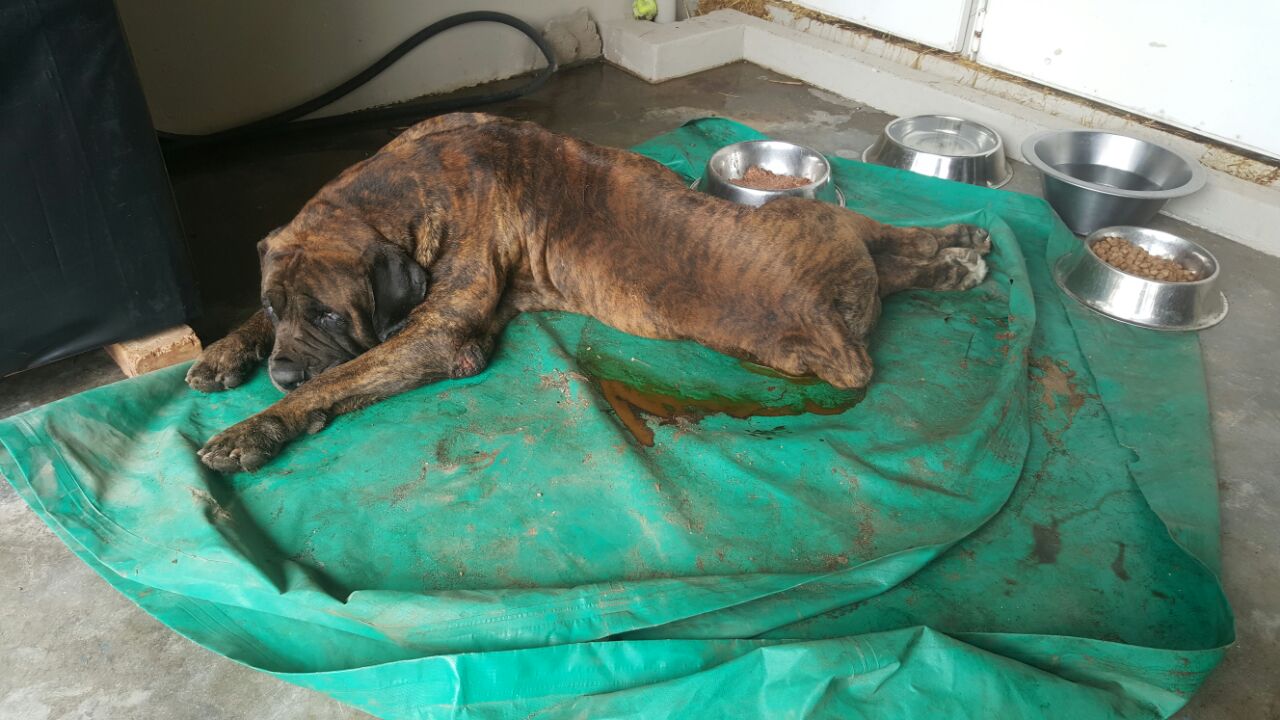In a world increasingly preoccupied with consumerism and personal advancement, the plight of the voiceless often goes unnoticed. Animal neglect, an insidious affliction cloaked in the shadows of our daily lives, presents a stark vignette of suffering that is as palpable as it is tragic. The emotional resonance of this issue compels us to delve deeper, unraveling the layers of neglect that permeate our society and the consequential burdens shouldered by the animal kingdom.
Animal neglect can be likened to a creeping vine—seemingly innocuous at first, but ultimately strangling any semblance of vitality in its path. Under the guise of apathy, it manifests in varied forms: abandonment, lack of nutrition, inadequate shelter, and insufficient medical care. These manifestations may seem disparate, yet they are intricately woven into a singular narrative: a pronounced disregard for the lives that share our planet. This neglect not only draws a stark line between human and animal but also reveals a gaping chasm in our moral responsibility.
To truly grasp the gravity of animal neglect, one must consider the emotional and physical suffering inflicted upon these sentient beings. Animals, often deemed “less than” due to their inability to communicate verbally, experience pain, fear, and distress with a depth that mirrors our own. When an animal is left to suffer alone, without the loving care and companionship it so richly deserves, it becomes ensnared in a cycle of despair. The psychological ramifications for such animals can be profound—a cat, once vibrant and playful, becomes withdrawn and skittish; a dog, abandoned and alone, faces the world with trepidation, forever searching for a glimmer of hope.
Yet, the emotional toll of neglect extends beyond the individual animal. It reverberates through communities, highlighting broader systemic failures. Each case of neglect shines a spotlight on the societal attitudes that permeate human-animal relationships. This uncovers a stark truth: neglect is not merely an act of indifference; it is often entwined with poverty, lack of education, and a pervasive sense of powerlessness. As we examine these societal structures, we must also confront the uncomfortable reality that we, as a society, perpetuate these cycles of neglect through both action and inaction.
To redress this imbalance, we must engage with the community through education, advocacy, and actionable change. An intriguing metaphor to consider is that of the pebble thrown into a still pond—the ripples of one small act can expand outward, creating waves of impact. Education serves as the pebble. By raising awareness about the psychological and physical needs of animals, we empower individuals to take responsibility for their well-being. Workshops, community events, and informative campaigns can act as catalysts for change, transforming indifference into compassion.
Furthermore, mobilizing advocacy efforts is critical in addressing institutional neglect—both in terms of enacting stronger laws and promoting existing legislation. Local animal shelters and rescue organizations are pivotal in this fight. By partnering with these institutions, community members can become champions for animal welfare, instigating legal and social reforms that promote humane treatment of animals. Participating in spay/neuter programs, supporting local legislation that enforces strict penalties for neglect, and fostering relationships with local law enforcement to ensure swift action in neglect cases can create a comprehensive approach to curbing this pervasive issue.
Another essential component of combating animal neglect is fostering a culture of accountability—both among pet owners and within the broader community. Understanding the long-term commitment that comes with animal companionship is vital. Responsible pet ownership involves acknowledging the financial and emotional investment required to care for an animal throughout its life. This perspective can be cultivated through public forums and community discussions that illuminate the responsibilities inherent in bringing an animal into one’s home.
Moreover, engaging with youth is an invaluable strategy for fostering empathy and responsibility towards animals. Educational programs that incorporate animal welfare into school curricula can create a generation of compassionate stewards. Such initiatives may include fostering partnerships with local shelters to provide students with hands-on experience, instilling a sense of duty towards those unable to voice their suffering.
Ultimately, acknowledging animal neglect as a formidable societal issue necessitates a multifaceted approach. It demands commitment, compassion, and continuous dialogue among community members. By translating our collective outrage into constructive action, we can catalyze a shift in mindset that recognizes the intrinsic value of all sentient beings.
As we confront the harsh realities of neglect, let us recall that every act of kindness—no matter how small—has the potential to ameliorate suffering. The question remains: will we allow the shadows of neglect to blind us from our responsibilities, or will we rise to dismantle the cycle of indifference? Such resolve will serve as the true measure of our humanity. Together, we can illuminate the path toward a world where every animal thrives, cherished not only for its existence but also for the profound gifts it imparts to our lives.










